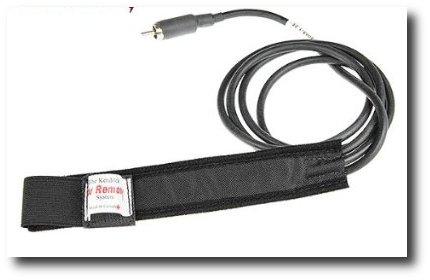Unless you are a visual observer the need for a good battery is very important.
To power all the astrophotography paraphernalia we need juice!
Back some years ago before I had my equipment in an observatory I had a mobile observatory. I loaded the car with all the necessary equipment and drive to the observing location and set it all up each time.

One of the problems was to power everything all night, meaning a 10h-12h run in the long winter nights. Through the time I started to customize my battery set. Soon quit using the normal car batteries that are good to start a car but unfitted to a long discharge lower than 20% of its capacity. The problem is sulfur building in the lead plates reducing the battery life and power.
So I started to use deepcycle batteries, a few… one to drive the mount (18Ah), another to power the CCD camera (36Ah) yet another to power the Kendriks heater (36Ah) and for last a (24Ah) to feed the laptop.

In the really cold nights the batteries are affected by cold and the voltage drops. I got some plastic cases and lined them with foam so they don't lose heat while sitting in the floor. Later I even started to use small Kendriks under the batteries to keep them cozy and for that I had another (24Ah) battery.

Not even one night I had to make it short because the batteries died with cold.
My tips:
– Don't use a car battery, or you will be buying one each year.
– Don't put the batteries directly on the floor, insulate them so voltage don't drop from cold.
– Use at least a couple batteries, only one will discharge completely dying sooner.
– Chose their capacity based on the power you need, do not drain it completely, they should end the night at least with 12v for a standard 13,8v.
– After a night's use recharge them completely, don't leave them uncharged in a corner.
Buy a charger for each battery !
Hope these tips will help you enjoy astronomy for long observations without stress.
Joao Gregorio


